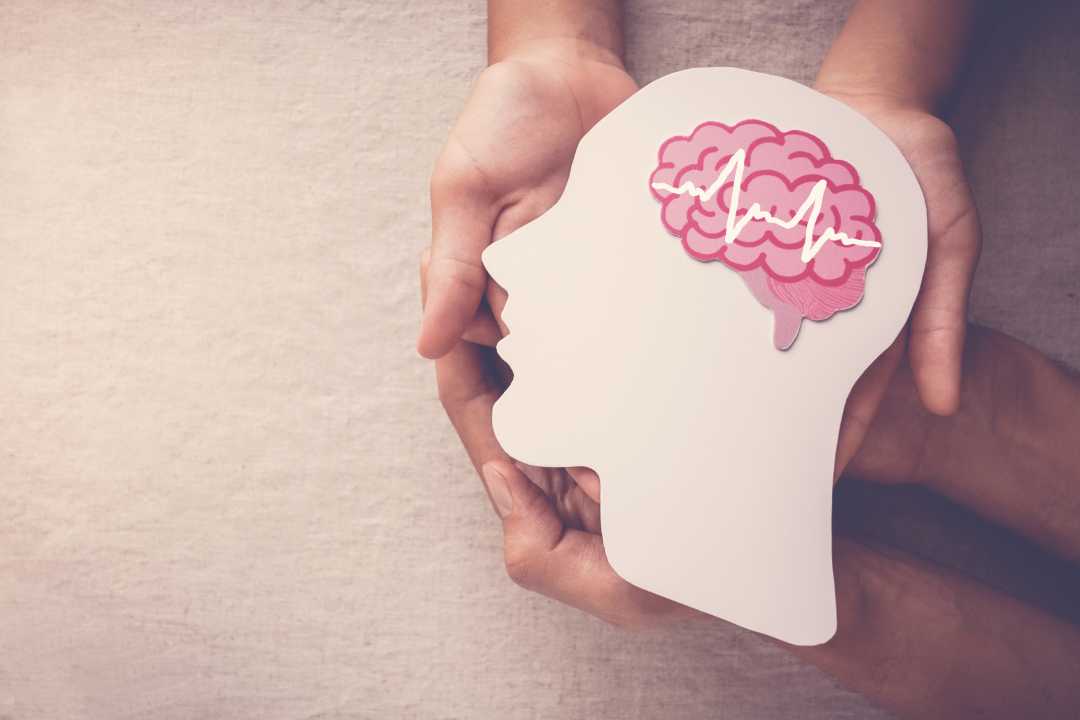Pediatric Epilepsy in Children & Teens
What is Epilepsy?
Epilepsy is a condition of the brain that causes a child to have seizures. It is one of the most common disorders of the nervous system.

Causes of Epilepsy in Children
Many epilepsies in children have no known cause and are attributed to genetic factors. Children whose family members have had epilepsy will also likely have it. Epilepsies which cannot be attributed to genetic causes can often develop due to brain damage caused by one of the following factors:
Head Injury
A traumatic injury to the head of the child can lead to brain damage and epilepsy. Car accidents, sports injuries, and physical abuse are some potential causes of head injury which can lead to epilepsy.
Stroke
Impaired blood flow to the brain can lead to brain damage and epilepsy.
Specific conditions of the brain
Brain tumor, Meningitis- infection of the membranes covering the brain, and other conditions that lead to brain damage can potentially cause epilepsy.
Prenatal injury
Factors like developmental brain abnormalities or an oxygen deficit before birth can potentially lead to brain damage.
Types of Epilepsy in children
Epilepsy can cause the presentation of different types of seizures. The two main categories of epileptic seizures are focal (partial) seizures and generalized seizures, both of which can be further of many types:
Focal (partial) seizures
Focal seizures take place when abnormal electrical brain function occurs in one or more areas of one side of the brain. The 2 types of focal seizures are:
✅ Simple focal seizure. The symptoms depend on which area of the brain is affected. For example, if the abnormal electrical brain function is in the part of the brain involved with vision, then your child’s sight may be affected. If a particular muscle area is affected then the seizure activity is limited to an isolated muscle group. Your child won’t lose consciousness in this type of seizure.
✅ Complex focal seizure. This type of seizure often occurs in the area of the brain that controls emotion and memory function. Your child will likely lose consciousness, in this though your child may look awake, but may not be aware. He/she may display a variety of unusual behaviors, ranging from gagging, lip-smacking, running, screaming, crying, or laughing. Your child may be tired or sleepy after the seizure.
Generalized seizures
A generalized seizure occurs on both sides of the brain. In all of these types of seizures, the child loses consciousness and is tired after the seizure. This can be of multiple types:
Absence seizure: This is also called petit mal seizure, and is common in children. Here the child experiences a brief changed state of consciousness. As the seizure comes the child maintains the same posture and stares in one direction unaware of anything about his/her surroundings. Child’s mouth or face may twitch and eyes may blink rapidly. The seizure usually lasts no longer than 30 seconds. When the seizure is over, your child may not recall what just occurred, and resume normal activities. This type of seizure is sometimes mistaken for a learning or behavioural problem and is thus important to be aware of by the parents. Absence seizures almost always start between 4 to 12 years of age.
Atonic seizure: This is also called a drop attack. In this, the child experiences a sudden loss of muscle tone and may fall from a standing position or suddenly drop his or her head. During the seizure, the child is unresponsive.
Generalized tonic-clonic seizures: This is also called the grand mal seizure. The classic form of this kind of seizure has 5 distinct phases. Your child’s body, arms, and legs will flex, extend, and tremble (shake). This is followed by contraction and relaxation of the muscles. After the seizure, the child may be sleepy. He or she may complain of problems with vision or speech and may have a bad headache, fatigue, or body aches. Not all of these phases may be seen in children with these seizures.
Myoclonic seizure: This type of seizure causes quick movements or sudden jerking of a group of muscles. These seizures tend to occur in clusters, which means the child may experience them several times in a day or for many numbers of days in a row.
Dos and Don’ts if a child is having seizures
A seizure episode in a child can create a panic moment for the caretakers of the child. It is however important to remember certain things that you should do and not do at this crucial time.
Dos
✅ Move anything that can hurt the child
✅ Put something soft under their head to prevent them from hurting it
✅ Turn them gently to the side to prevent them from choking on their tongue
✅ Keep track of how long the seizure lasts
✅ Loosen anything around their neck
✅ Comfort the child once the seizure is over
Don’ts
❌ Do not try to hold the child
❌ Do not try to stop their movements
❌ Do not open or put anything in their mouth
Treatment of Seizures
Depending on which type of seizure the child has, your doctor may advise different types and doses of medicine. Apart from medicines, other treatment alternatives include a ketogenic diet, vagal nerve stimulation, or surgery. Your doctor will continuously monitor the state of seizures by advising various tests such as blood tests, EEG, or imaging tests like CT scan or MRI for the brain even after starting the medication to monitor the effects and control treatment accordingly.
In case your child is having symptoms that may point toward a seizure then visit a pediatric neurologist near you today!
